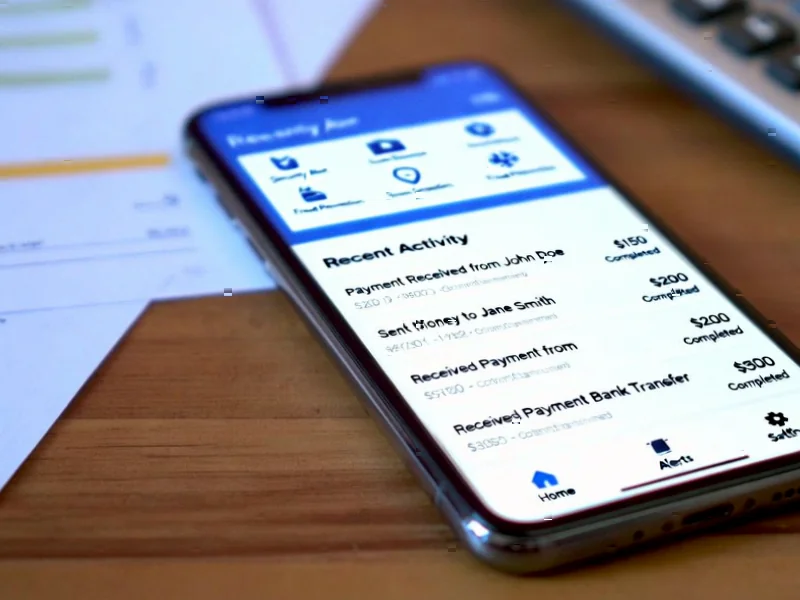According to TechRadar, Amazon has begun a global rollout of a new system designed to block unauthorized, sideloaded applications on Fire TV Stick devices through software updates that will impact all models, not just new ones. The crackdown specifically targets modified “dodgy” or “fully loaded” Fire Sticks used for illegal streaming of premium movies, TV shows, and live sports. Amazon developed this strategy in partnership with the Alliance for Creativity and Entertainment (ACE), a global anti-piracy coalition, and the system works by implementing blocks directly on the Fire TV’s operating system rather than at the network level. This approach makes VPNs completely ineffective since the device itself identifies and disables unauthorized apps regardless of network traffic routing. The timing coincides with Amazon’s shift to Vega OS on newer devices like the Fire TV Stick 4K Select, which represents a more locked-down alternative to the modifiable Android-based Fire OS.
The Technical Arms Race Escalates
Amazon’s device-level approach represents a significant escalation in the cat-and-mouse game between content platforms and piracy communities. Unlike previous attempts that focused on network-level detection or legal takedowns of streaming services, this strikes at the very execution environment of the applications themselves. The technical implementation likely involves certificate pinning, application signature verification, or behavioral analysis running at the operating system level. What makes this particularly challenging for circumvention is that the enforcement happens before network traffic even leaves the device. While Amazon claims this will be a “permanent solution,” history suggests otherwise – the modding community has consistently found ways around similar restrictions on gaming consoles, smartphones, and other locked-down platforms through jailbreaks and custom firmware.
Amazon’s Strategic Pivot to Content Protection
This move signals Amazon’s maturation from a hardware distributor to a content ecosystem guardian. With Amazon’s streaming services becoming increasingly central to their business model and ACE’s influence growing among major studios, the company can no longer afford to be the platform of choice for piracy-enabling devices. The financial calculus is clear: protecting relationships with content partners like Disney, Warner Bros., and Netflix now outweighs the revenue from selling hardware to users who primarily consume pirated content. This represents a fundamental shift from Amazon’s earlier hands-off approach where they benefited from Fire Stick sales regardless of how customers used them, similar to how smartphone manufacturers historically avoided responsibility for how their devices were utilized.
The Consumer Rights Dilemma
While framed as an anti-piracy measure, this crackdown raises legitimate questions about device ownership and user autonomy. Many legitimate users sideload applications for entirely legal purposes – alternative media players, emulators, or region-specific legitimate services not available in Amazon’s Appstore. The blanket approach risks collateral damage to these legitimate use cases. Furthermore, the precedent of a company remotely disabling software on devices consumers already own touches on deeper questions about the right to repair and modify purchased hardware. As more devices shift to these locked-down operating systems like Vega OS, consumers may find themselves with increasingly limited control over the technology they’ve purchased, creating a broader industry trend that extends far beyond piracy concerns.
Implementation Challenges and Workarounds
The practical implementation of this system faces several hurdles that could limit its effectiveness. Older Fire Stick models with limited processing power may struggle to run sophisticated detection algorithms without impacting performance. The modding community will likely respond with stripped-down versions of popular apps that avoid detection signatures or find ways to spoof Amazon’s verification systems. There’s also the possibility of bootloader-level modifications that could bypass the operating system’s security entirely, though this becomes increasingly difficult with newer hardware security modules. Amazon will need to maintain constant updates to their detection methods, creating an ongoing arms race that requires significant engineering resources. The success of this initiative will depend on whether Amazon can out-innovate the global modding community consistently over time.
Broader Industry Implications
Amazon’s approach could become the new standard for streaming device manufacturers facing similar piracy challenges. If successful, we should expect Roku, Google with Chromecast, and Apple TV to implement similar device-level enforcement mechanisms. This represents a fundamental shift from the current model where responsibility for piracy enforcement falls primarily on internet service providers and content delivery networks. The technology could eventually extend beyond streaming devices to smart TVs, gaming consoles, and other connected entertainment platforms. However, this centralized control model also creates single points of failure and raises concerns about what other applications might be deemed “unauthorized” in the future – including legitimate competitors to Amazon’s own services or applications that conflict with the company’s business interests.




